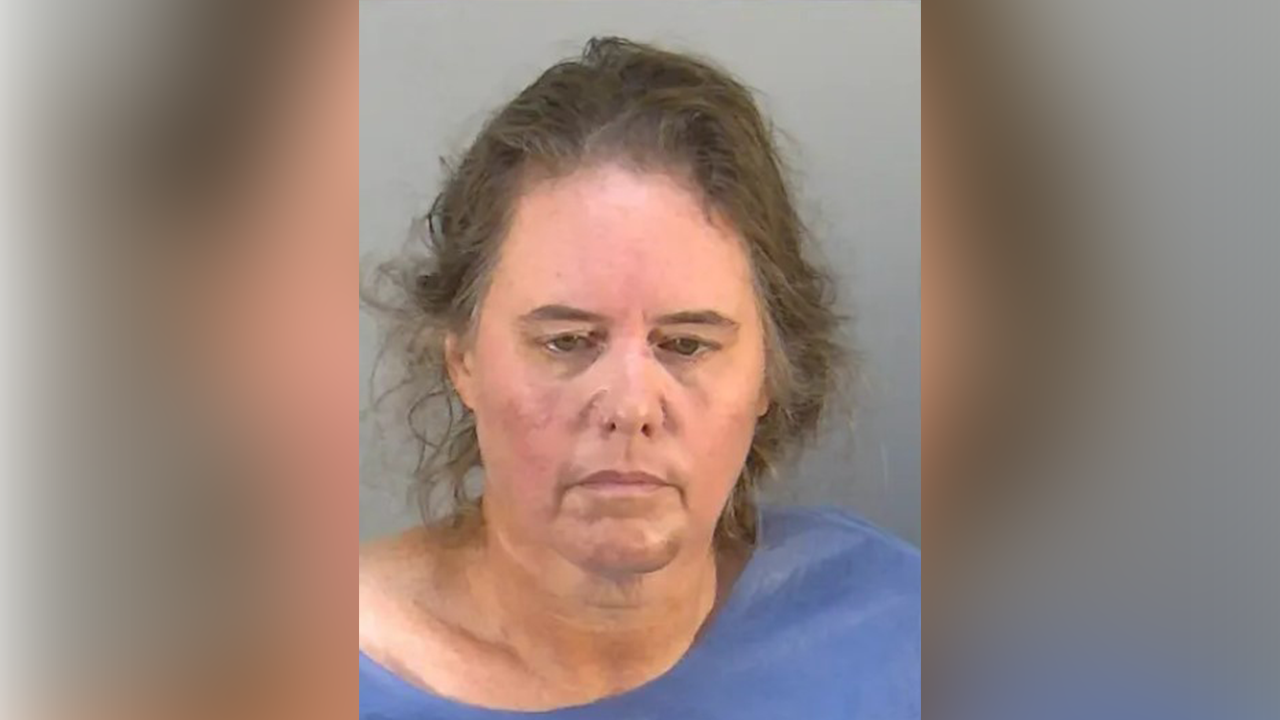Former President Donald J. Trump’s growing support among Latino voters is threatening to upend the coalition that has delivered victories to Democrats for more than a decade, putting the politically divided group at the center of a tug of war that could determine elections across the country.
Polls show that Mr. Trump’s standing with Latino voters has grown since his defeat in 2020, with some surveys finding him winning more than 40 percent of those voters — a level not seen for a Republican in two decades. That strength has Democrats playing defense to maintain the large majority of Latino voters whom they have relied on to win in recent years.
The shift underscores a stark reality of the 2024 election: Neither party can win with white voters alone.
As the fight for both the White House and Congress shifts more squarely to racially diverse states, both parties will need to rely on coalitions that include Black, Asian and Hispanic voters.
Latino voters will make up an estimated 15 percent of eligible voters this year, and 33 percent of eligible voters in California, where several swing districts are poised to determine control of the House. Races in Arizona and Nevada, where Latinos make up roughly one in four eligible voters, are positioned to tip the balance of power in the Senate.
The fight for the presidency has expanded in recent elections from battlegrounds in the Rust Belt to the Sun Belt. President Biden relied on victories in Arizona, Georgia and Nevada to win in 2020. This year, both parties are investing heavily in those states to persuade the large numbers of Hispanic voters they believe are up for grabs.
“The Latino electorate used to be seen as a massive liability for Republicans. Now, it’s turning out to be an asset,” said Daniel Garza, the executive director of the Libre Initiative, a conservative group that targets Latino voters and is funded by Americans for Prosperity, the group founded by Charles and David Koch. “Republicans can’t win without them — it would be political malpractice not to have them in a winning coalition.”
The shifts among a large and diverse demographic group defy simple explanation. Differences across regions, generations and economics all play a role.
Mr. Trump has found new support among Latinos who work in law enforcement along the Mexican border, Cuban Americans in Florida averse to policies they view as approaching socialism, evangelical Christians attracted to Christian nationalism and second- and third-generation U.S.-born Latinos who are more likely to identify with and vote like their white peers.
One of the clearest trends is the education divide. Tracking the gap among voters overall, Mr. Trump is increasingly doing better among Hispanic voters without a college degree than among college-educated Hispanics.
“The nation’s Latino population is so big now that it is multiple stories,” said Mark Hugo Lopez, who is the director of race and ethnicity research at the Pew Research Center. “This has changed before, and it can change again, but even if the shares don’t change, the numbers are going to keep going up — and that is going to have important implications.”
The changes raise a tantalizing prospect for Republicans: The parties may be seeing a political realignment, with Republicans pulling some Black and Latino working-class voters out of the Democratic coalition and Democrats winning over a slice of the upper-income, college-educated white voters who once would have landed in the G.O.P. It is a voter swap that could extend a lifeline to Republicans, whose dependence on white voters in a diversifying country has had strategists predicting doom for years.
“A moment like this would have been unfathomable in 2016,” said Patrick Ruffini, a pollster who argues that the G.O.P. is assembling a more multiracial coalition. “The belief was that Republicans needed to moderate on immigration reform. Now, you have a figure who not only ignores that but completely turns it on its head. It debunks decades of conventional wisdom.”
However, it is unclear how major and lasting the Trump-era changes will be. Polling on partisanship shows that Latino voters have been fairly steady in their partisan identification, though have more recently started to drift toward the Republican Party. Republicans have gained some support with Black voters in polls, but there is no clear evidence of a mass movement.
Some Democratic strategists believe that current polls are overestimating Hispanic support for Mr. Trump, in part because they may exclude too many voters who primarily speak Spanish. They also believe that many Hispanic voters will move back toward President Biden in the coming months, arguing that Mr. Trump’s rhetoric will repel them.
“Democrats are balancing two realities — the polls have been off and we have won, but there are still warning signs,” said Tory Gavito, a Democratic strategist who conducts focus groups with Hispanic voters. She said she often heard those voters focused on their economic security.
“Status threats are potent because Latino voters know that they are in a race to avoid last place,” she said. “They don’t want to be a loser, and they know it is an uphill climb.”
It is difficult to overstate the vast growth of Latino voters in the last 20 years. An estimated 36 million Latinos are eligible to vote this year, an increase of nearly four million just from 2020 and more than double from 2008.
Many Latino voters have long had a tenuous allegiance to either party. In 2004, for example, roughly four in 10 Latino voters chose George W. Bush, the most support on record from Latinos for a Republican presidential candidate.
Just four years later, the Democratic advantage nearly doubled, with nearly 70 percent of Latino voters choosing Barack Obama over Senator John McCain of Arizona, according to exit polls. In 2020, with Mr. Trump, support for Republicans ticked back up.
Since 2020, Republicans have increased outreach to Hispanic voters. They have attracted more Hispanic candidates, particularly in parts of Florida, Texas and New Mexico, and reached out to voters in Spanish more frequently. Major evangelical groups that once focused largely on white congregations have expanded their political outreach to Latino churches.
“This election will be decided at the margins, and we are going to reach out to these voter aggressively,” said Danielle Alvarez, a spokeswoman for the Trump campaign. “If we can keep this momentum, if we can stave off support from Biden, we will win.”
Many Democrats have been stunned by Republicans’ inroads, as Mr. Trump has continued to unleash incendiary rhetoric about immigrants, including those from Latin America, “poisoning the blood of our country” and promised draconian policies such as mass deportations. He has advanced the Great Replacement conspiracy theory, claiming that Democrats welcome undocumented immigrants into the United States because they will allow them to vote illegally for the party.
Interviews and surveys suggest many Latino voters do not see themselves as the target of Mr. Trump’s comments. Instead, they often say they welcome his talk about a border crackdown and see him as helping business owners and the economy.
“Democrats are letting us down and over and over,” said George Rodriguez, 57, who lives in Las Vegas and calls himself a Chicano Republican. “They’re losing us because we don’t want handouts. We don’t want — we don’t need your hug. We want a direction. We want jobs.”
Some polling shows that Latino voters’ views about the Democratic Party remain positive. A Pew Research Center survey last year found that nearly 80 percent of Latino voters thought the Democratic Party “really cares about Latinos” and roughly 70 percent said the party “worked hard to earn Latinos’ votes,” compared with 45 percent for Republicans.
To some extent, the shift among Latino voters may be as much about dissatisfaction with Mr. Biden as enthusiasm for Mr. Trump. Young Latino voters — like other young voters — are moving away from Mr. Biden out of frustration over the economy and the war in Gaza. And Latinas have shifted toward Mr. Trump at a similar rate as Latino men, worrying some Democratic strategists who are counting on abortion rights to be a driving issue this fall.
“I want to hear something positive more often,” said Elisa Iñiguez, 69, who emigrated from Mexico to Southern California more than 40 years ago. She has almost always voted for Democrats and plans to vote for Mr. Biden, she said, but has grown frustrated in recent years. “We have to care more about people who are already here. We all want the same rights.”
The Biden campaign says it is particularly focused on two groups: people who voted for Hillary Clinton, the Democratic nominee, in 2016 and switched to Mr. Trump in 2020, and a much larger group of new or inconsistent voters. Latinos make up a significant share of both categories.
“The president’s campaign isn’t asking but earning the support of our community,” Michelle Villegas, the Latino vote director of the Biden campaign, said in a statement.
Biden campaign officials said they had spent some $25 million, and had plans to spend another $30 million, on advertising on television, radio and online platforms that attract large Latino audiences.
The political arm of the Congressional Hispanic Caucus, known as BOLD PAC, has also encouraged candidates to use Spanglish in advertising as a way to reach native-born English speakers, who make up a vast majority of Latino voters.
“Our party hasn’t done the best job of really speaking to the Latino community, because we’ve too often been seen as monolithic and taken for granted,” said Representative Maxwell Alejandro Frost, Democrat of Florida and an Afro-Cuban American, who is leading some of those efforts.
Mr. Frost said he had so far been encouraged by the party’s outreach this year. “The president does not have to do it alone.”






